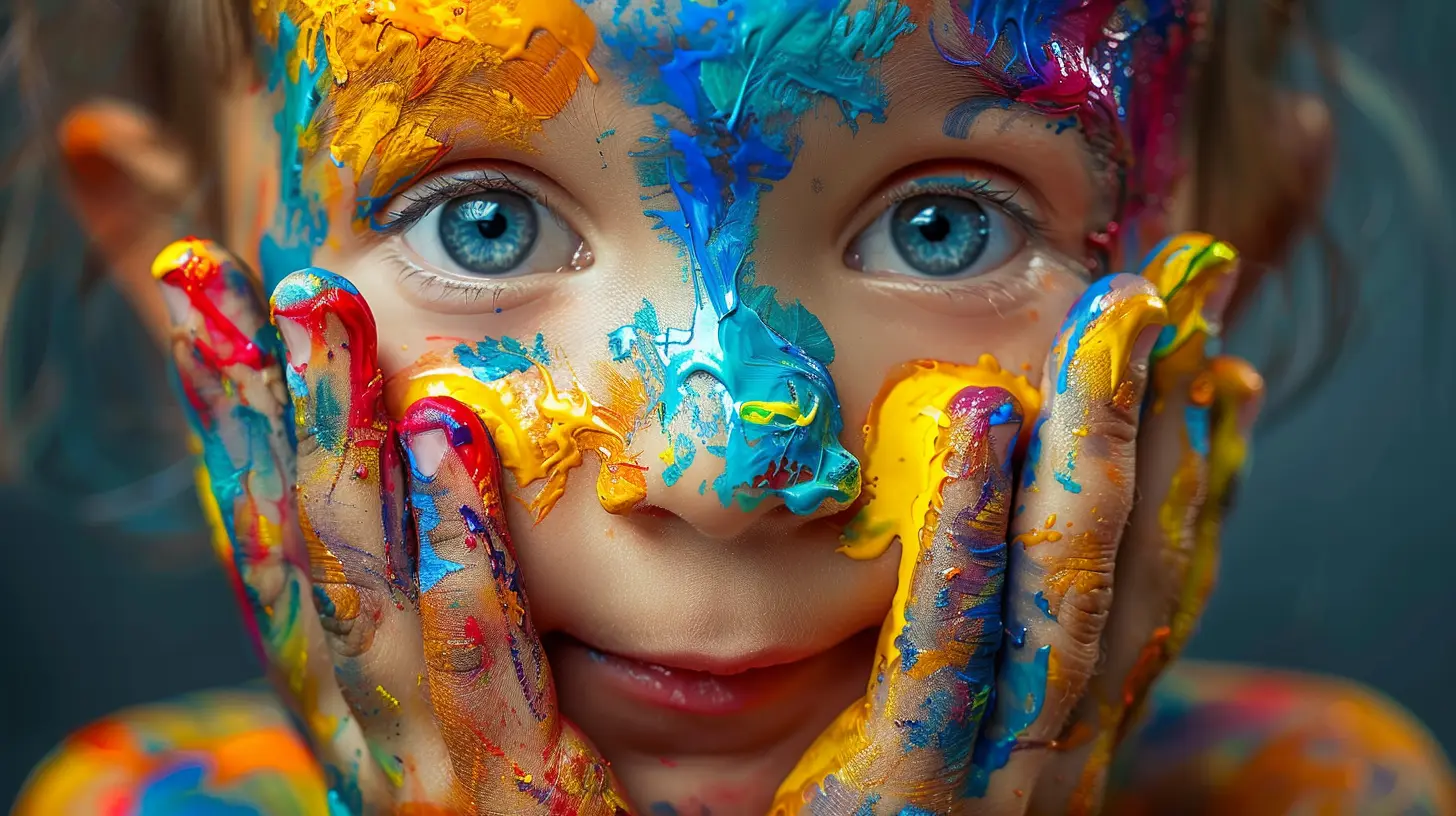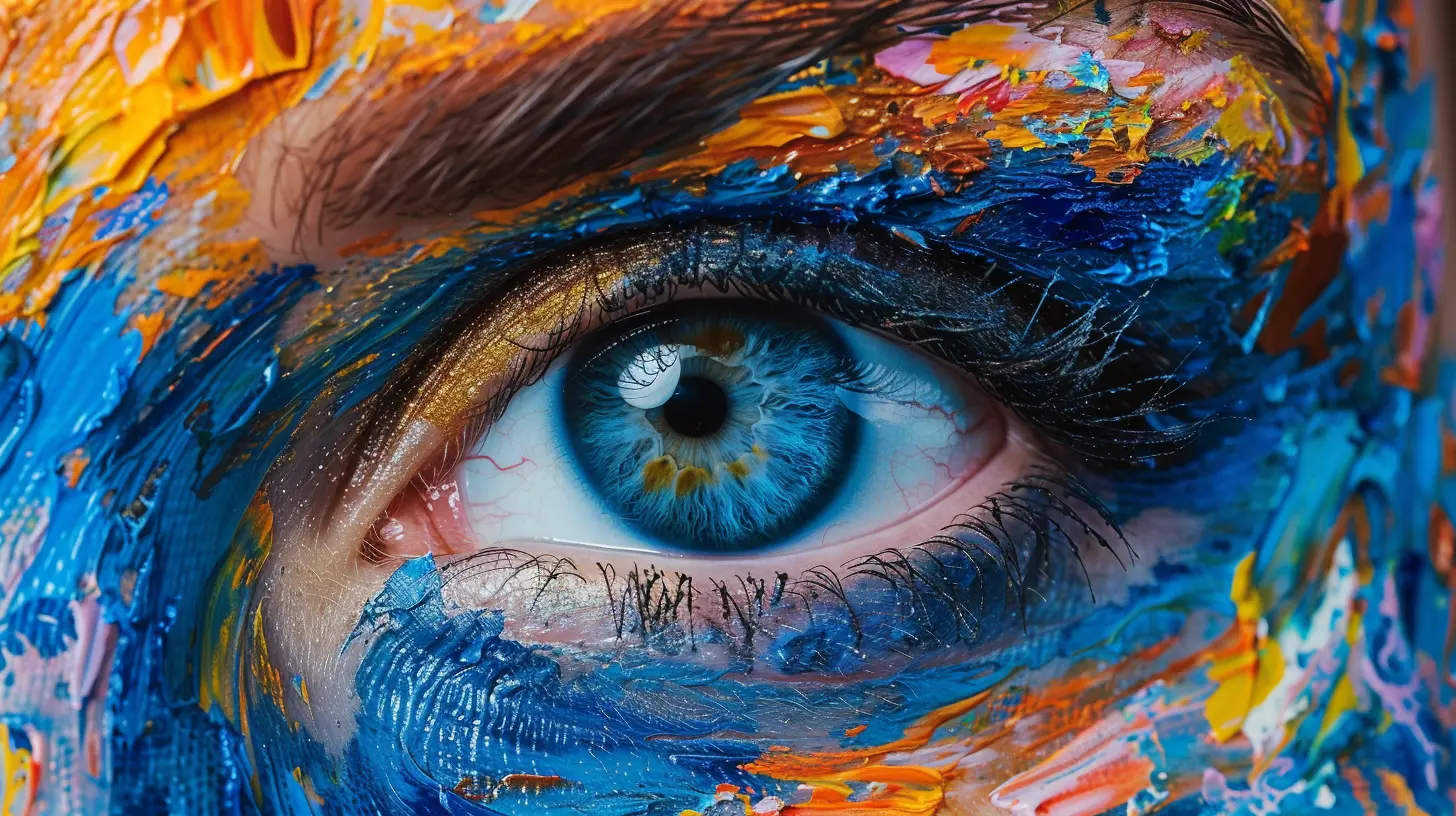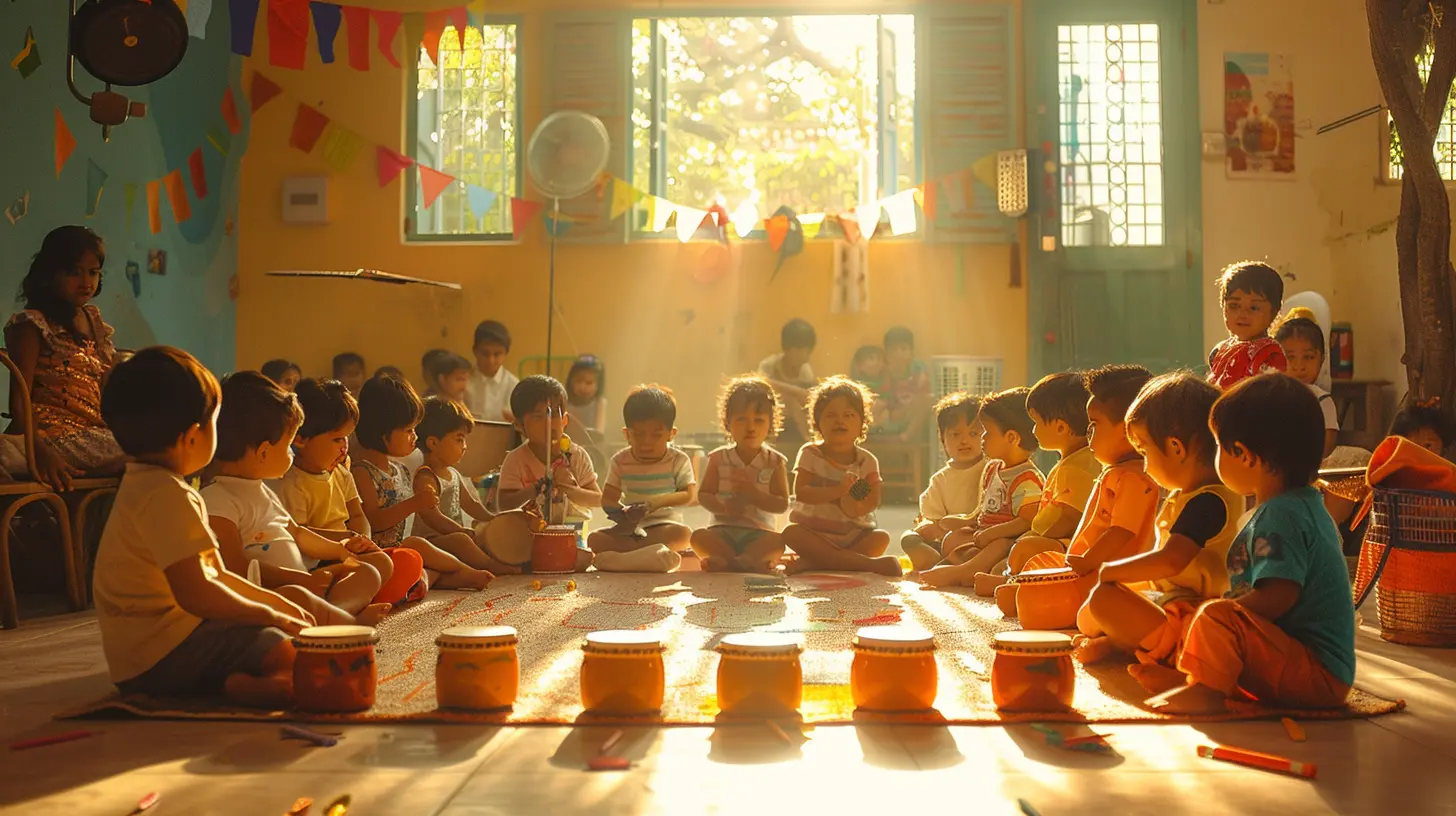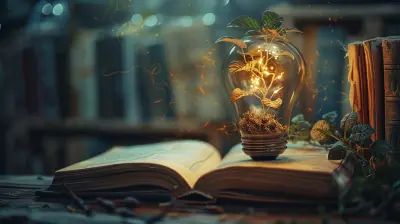The Importance of Play in Developing Artistic Skills
3 August 2025
When was the last time you allowed yourself to play—really, just let go and have fun? If you're aiming to develop your artistic skills, play might just be the secret ingredient you’re missing.
Many people believe that mastering art requires strict discipline, endless hours of practice, and meticulous attention to detail. While these are important, there’s another essential element that often gets overlooked—play!
So, why is play so crucial for creativity and artistic development? Let’s dive in. 
Why Play Matters in Artistic Development
Think about children when they start drawing. They don’t worry about perfection. They just grab crayons and start creating! They mix colors, make random shapes, and enjoy the process without overthinking. That sense of freedom is what fuels creativity.As we grow up, we often lose that playful spirit. Society teaches us that being serious leads to success. But in reality, some of the greatest artists, writers, and musicians have relied on play to push boundaries and create masterpieces.
When you incorporate play into your artistic journey, you:
- Reduce the fear of making mistakes
- Experiment with new techniques and styles
- Stay inspired and avoid burnout
- Develop a deeper personal connection with your art
Now, let’s explore how play influences various aspects of artistic development. 
1. Play Enhances Creativity
Creativity thrives in a relaxed and open-minded state. When you're playing, you're not bound by rigid rules or expectations. Your mind freely wanders, sparking new ideas and unconventional solutions.Ever had a sudden stroke of genius while doodling aimlessly? That’s the magic of play at work! Some of the most innovative artists and designers allow themselves to experiment freely before refining their masterpieces.
How to Use Play to Boost Creativity:
- Try blind contour drawing—draw without looking at your paper.- Experiment with random color combinations just for fun.
- Create abstract shapes and turn them into something recognizable.
- Work with different materials—paint with coffee, sketch with charcoal, or try digital painting.
The less pressure you put on yourself, the more creative breakthroughs you’ll experience! 
2. Play Helps Develop Technical Skills Naturally
If you’ve ever learned a musical instrument, you probably remember the frustration of practicing scales or drills. But what if you learned by playing around instead?Artists can apply the same approach. By exploring techniques in a playful way, you develop skills almost effortlessly.
Playful Ways to Improve Artistic Techniques:
- Doodle regularly without a plan—this strengthens hand coordination.- Try speed-painting—set a timer and sketch quickly.
- Imitate a child’s drawing style—simplify everything and see what happens.
- Use unconventional tools—paint with sponges, toothbrushes, or even your fingers!
The best part? You’re improving without stressing out over perfection. 
3. Play Eliminates the Fear of Failure
One major creativity killer is the fear of making mistakes. Many aspiring artists hesitate to start a piece because they’re afraid it won’t turn out right. Play teaches you that mistakes aren’t failures—they’re part of the process!Think about some of history’s greatest artists. Picasso, Van Gogh, and Da Vinci all experimented continuously. They weren’t afraid to mess up because they knew mistakes often lead to breakthroughs.
How Play Helps Overcome Fear:
- Try a "bad art" session—intentionally create something messy or ridiculous.- Draw with your non-dominant hand—embrace imperfection.
- Use ink instead of a pencil—force yourself to commit to your strokes.
- Turn mistakes into part of the artwork—get creative with “happy accidents.”
The more you play, the less you’ll worry about messing up, and the more you’ll grow as an artist!
4. Play Encourages Innovation
Some of the most groundbreaking artistic movements started from playful experimentation. Surrealism? Born from bizarre and playful imaginations. Abstract art? It came from artists daring to break the rules and just play with form and color.When you engage in playful activities, you train your brain to think outside the box. You start seeing possibilities where others see limitations. And that’s where real innovation happens.
Playful Exercises to Spark Innovation:
- Mash up different art styles—paint a Renaissance figure using graffiti techniques.- Draw something using only geometric shapes—limitations often lead to brilliant ideas.
- Randomly mix art supplies—use ink, watercolor, and collage together.
- Recreate a famous painting in a funny way—add humor to your art!
Innovation comes when you stop playing it safe and start playing with your ideas.
5. Play Makes Art More Enjoyable
At the end of the day, art should be fun. The moment creating feels like a chore, you start losing passion. Play ensures that you stay excited about your artistic journey.When you allow yourself to enjoy the process, your enthusiasm shines through in your work. And trust me, audiences can feel that energy in your art!
How to Keep Art Fun:
- Join art challenges—fun prompts push you to try new things.- Collaborate with friends—create something ridiculous together.
- Try themed art days—paint only using blue for a day, or sketch only animals.
- Reward yourself—celebrate small artistic achievements.
If you’re having fun, chances are, your audience will enjoy your work even more!
Final Thoughts: Embrace Play for Artistic Growth
If you take one thing away from this, let it be this—play is not a waste of time. It’s a powerful tool for artistic development. It fuels creativity, improves technique, reduces fear, encourages innovation, and keeps art enjoyable.So, next time you feel stuck or uninspired, don’t force yourself into rigid practice. Instead, take a step back and just play. Let your creativity run wild, try new things, embrace mistakes, and most importantly—have fun!
Because at the heart of every great artist is a child who never stopped playing.
all images in this post were generated using AI tools
Category:
Art EducationAuthor:

Olivia Lewis
Discussion
rate this article
1 comments
Zoey Underwood
Embrace play—it's the key to creativity!
August 19, 2025 at 4:49 AM

Olivia Lewis
Absolutely! Play fosters imagination and innovation, essential for honing artistic skills.


